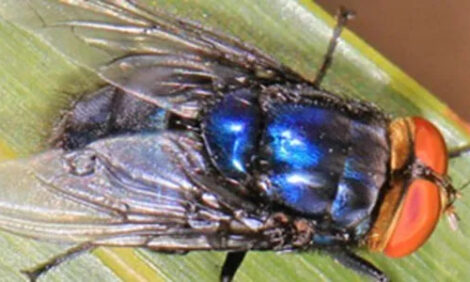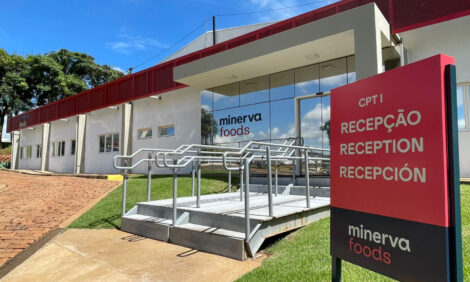



2010 Outlook For Kentucky Farm Economy
US - The global recession and the bursting of 2008's commodity price bubble resulted in a one-two punch to Kentucky's agricultural sector in 2009. Is it going to improve?Agricultural economists with the University of Kentucky (UK) College of Agriculture estimate Kentucky farm cash receipts to be $4.29 billion this year, down about $550 million from 2008's record high. However, if global economic recovery proceeds as predicted, overall cash receipts for 2010 should remain at approximately the same level, or slightly higher.
The US Department of Agriculture (USDA) forecasts that net farm income to American agriculture will be down 34 per cent this year as compared to 2008 and $6.5 billion below the 1-year average of $64 billion. Net farm income is estimated to be $1.07 billion for this year.
"We can expect Kentucky agriculture to follow the same trend of sharply lower gross receipts for this year," said Craig Infanger, extension professor in the UK Department of Agricultural Economics. However, Mr Infanger said, there is a general consensus that the US economy is in recovery mode; third quarter growth was positive. Mr Infanger, fellow UK agricultural economists Kenny Burdine, Will Snell, Cory Walters, Tim Woods and Lee Meyer and Kentucky Farm Business Management Programme Coordinator, Jerry Pierce, presented an overview and outlook of the Kentucky farm economy as part of the annual Kentucky Farm Bureau Federation conference in Louisville last week.
Estimated livestock receipts of $2.46 billion show a decline of $450 million from 2008. The reduction was driven by a decline in equine receipts, which come primarily from Thoroughbred sales and stud fees.
Beef cattle numbers are as low as they were in the 1960s, but weak demand has kept prices soft. Calf prices rallied from late 2008 levels, but plummeted in the fall, resulting in a price decline of more than $20 per hundredweight from spring to fall. If demand strengthens in the coming year, calf prices should rally into the spring of 2010, Mr Burdine said.
The dairy sector also experienced hardships brought on by the weak economy. Kentucky mailbox prices will likely average around $6 per hundredweight below 2008 levels. The USDA accounted for 86,000 dairy cows in Kentucky at the start of 2009, but the expectation is that number will be lower at the start of 2010. Mr Burdine expects that the lower herd numbers coupled with improvement in dairy stocks should result in mailbox prices above 2009 levels by $2 to $4 per hundredweight.
Prices were down substantially in the crop sector from the 2008 highs. Cash receipts declined for corn, wheat, hay, fruits and greenhouse products. Total cash receipts for crop marketing are estimated to be $1.83 billion, 43 per cent of total farm cash receipts in Kentucky, compared to 40 per cent in 2008.
Corn production continued its growth, totaling 12.92 billion bushels, a 6.8 per cent increase over 2008. Exports and use for ethanol and feed are expected to increase over 2008 by 7.5 per cent. Taking into account changes in production and use, Mr Walters said it still appears that corn use will exceed production in the coming year, thereby reducing ending stocks. The USDA report also expects average farm price to decrease by 12.6 per cent to $3.55 per bushel from 2008.
Soybean crop size sat at a record 3.32 billion bushels according to the USDA November crop report. This would be 12 per cent larger than in 2008. Soybean production should exceed use for the 2009-10 marketing year, thereby increasing ending stocks. USDA average farm price is expected to decrease 7.7 per cent to $9.20 per bushel from 2008.
Still, UK economists, who see signs that the overall economy might be improving, believe there is some cause for optimism.
"As economic growth is restored, prospects for Kentucky agriculture will improve in 2010," Mr Infanger said, "but it may be a long, slow recovery phase."
TheCattleSite News Desk


